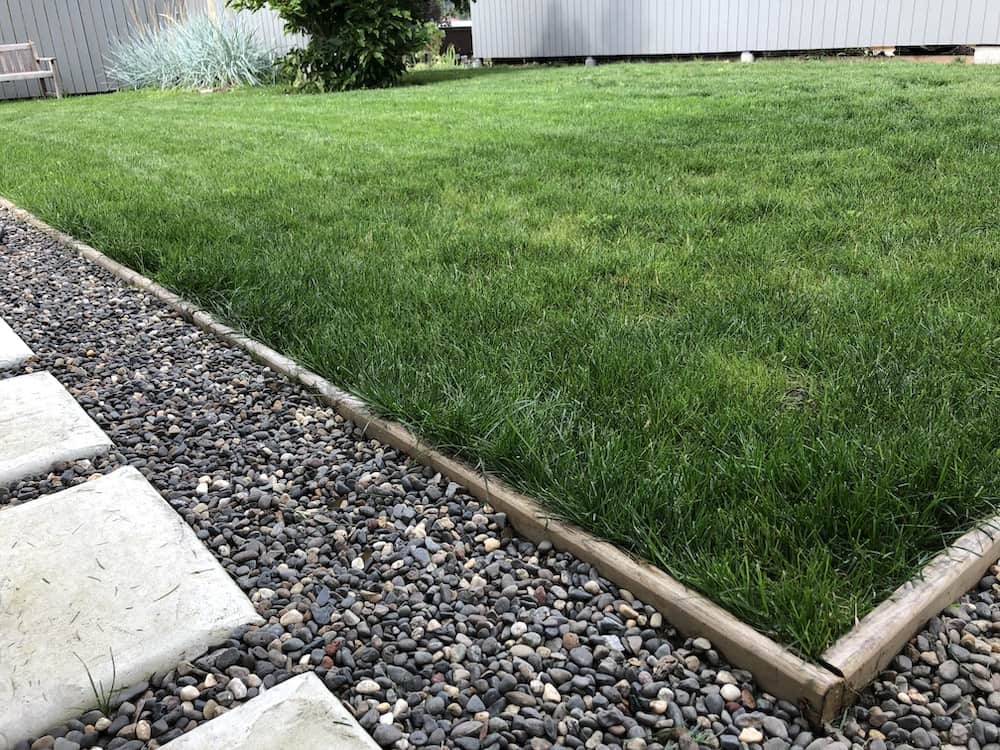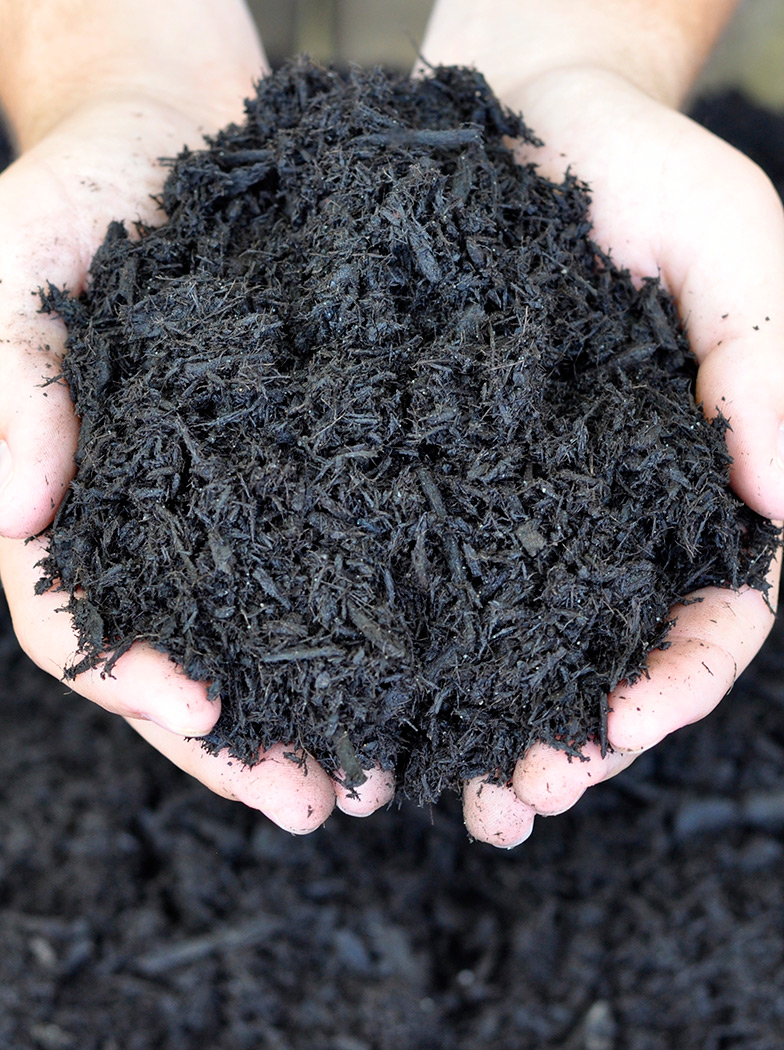Fine Mulch: The Ultimate Guide To Using This Amazing Garden Tool
Fine Mulch: The Ultimate Guide to Using This Amazing Garden Tool
Mulch is a gardener's best friend. It can help to improve soil quality, reduce water evaporation, suppress weeds, and add beauty to your garden. But not all mulches are created equal. Fine mulch, such as shredded hardwood bark or pine needles, has a number of benefits that make it a superior choice for many gardens.
In this guide, we will discuss the benefits of fine mulch, how to apply it correctly, and some of the best types of fine mulch to use in your garden.
Benefits of Fine Mulch
Fine mulch has a number of benefits that make it a superior choice for many gardens. Here are some of the most important benefits:
- Improves soil quality: Fine mulch helps to improve soil quality by adding organic matter and nutrients. This can help to make your soil more fertile and easier for plants to grow in.
- Reduces water evaporation: Fine mulch helps to reduce water evaporation from the soil. This can help to keep your plants watered during hot, dry weather.
- Suppresses weeds: Fine mulch can help to suppress weeds by creating a barrier that makes it difficult for weeds to germinate and grow.
- Adds beauty: Fine mulch can add beauty to your garden by creating a natural, finished look.
How to Apply Fine Mulch
When applying fine mulch, it is important to spread it evenly over the soil surface. The recommended depth of fine mulch is 2-3 inches. If you apply too much mulch, it can smother your plants.
It is also important to apply fine mulch around the base of plants, but not up against the stems. This will help to prevent rot and disease.
Best Types of Fine Mulch
There are a number of different types of fine mulch available, each with its own unique benefits. Some of the best types of fine mulch include:
- Shredded hardwood bark: This is a versatile type of mulch that is suitable for a variety of plants. It is also relatively inexpensive.
- Pine needles: Pine needles are a soft, natural mulch that is well-suited for acid-loving plants. They are also decomposing slowly, which means you will not need to reapply them as often.
- Wood chips: Wood chips are a coarser type of mulch than shredded hardwood bark or pine needles. They are a good choice for areas where you need to suppress weeds, as they are difficult for weeds to grow through.
- Organic compost: Organic compost is a great choice for gardens that need a boost of nutrients. It is also a good choice for gardens where you want to attract earthworms.
Conclusion
Fine mulch is a valuable tool for any gardener. It can help to improve soil quality, reduce water evaporation, suppress weeds, and add beauty to your garden. If you are looking for a mulch that can do it all, fine mulch is the way to go.
FAQ of fine mulch
- What is fine mulch?
Fine mulch is a type of mulch that has been shredded or chopped into very small pieces. It is typically made from organic materials such as wood chips, bark, or leaves. Fine mulch has a number of benefits, including: * It helps to suppress weeds. * It helps to retain moisture in the soil. * It helps to improve the drainage of the soil. * It helps to protect the soil from erosion. * It can help to improve the appearance of your garden.
- What are the best types of fine mulch?
The best type of fine mulch for your garden will depend on a number of factors, including the type of plants you are growing, the climate in your area, and your personal preferences. Some popular types of fine mulch include: * Wood chips * Bark * Leaves * Straw * Cocoa bean hulls * Pine needles
- How much fine mulch should I use?
The amount of fine mulch you need will depend on the size of your garden and the type of plants you are growing. A general rule of thumb is to apply a layer of fine mulch that is 2-4 inches thick.
- How often should I reapply fine mulch?
You should reapply fine mulch as needed, or at least once a year. The frequency of reapplication will depend on the type of fine mulch you are using, the climate in your area, and the amount of foot traffic your garden receives.
- How do I keep fine mulch from blowing away?
If you live in an area with windy conditions, you may need to take steps to keep your fine mulch from blowing away. One way to do this is to wet the mulch before applying it. You can also use landscape fabric or rocks to weigh down the mulch.
- Is fine mulch safe for pets and children?
Most types of fine mulch are safe for pets and children. However, it is always a good idea to supervise children when they are playing in the garden, and to keep pets away from mulch that contains toxic substances, such as cocoa bean hulls.
Image of fine mulch
10 different images of fine mulch that are free to use:
- Pine bark mulch is a fine, natural mulch that is made from shredded pine bark. It is a good choice for gardens because it helps to retain moisture, suppress weeds, and improve drainage.
- Wood chip mulch is another fine, natural mulch that is made from shredded wood chips. It is a good choice for gardens because it is lightweight, easy to spread, and affordable.

- Compost mulch is a fine, organic mulch that is made from decomposed plant material. It is a good choice for gardens because it is nutrient-rich, helps to improve soil quality, and suppresses weeds.

- Shredded leaves are a fine, natural mulch that is made from shredded leaves. They are a good choice for gardens because they are free, easy to find, and help to improve soil quality.

- Straw mulch is a fine, natural mulch that is made from wheat straw. It is a good choice for gardens because it is lightweight, easy to spread, and helps to suppress weeds.

- Pea gravel is a fine, inorganic mulch that is made from small pebbles. It is a good choice for gardens because it is durable, does not harbor pests or diseases, and helps to improve drainage.

- Black plastic is a fine, inorganic mulch that is made from black plastic sheeting. It is a good choice for gardens because it helps to suppress weeds, retain moisture, and keep the soil warm.

- Geotextile fabric is a fine, inorganic mulch that is made from a woven fabric. It is a good choice for gardens because it helps to suppress weeds, improve drainage, and keep the soil in place.
- Coffee grounds are a fine, organic mulch that is made from used coffee grounds. They are a good choice for gardens because they are acidic, help to improve soil quality, and repel slugs and snails.
- Tea leaves are a fine, organic mulch that is made from used tea leaves. They are a good choice for gardens because they are acidic, help to improve soil quality, and repel slugs and snails.


Post a Comment for "Fine Mulch: The Ultimate Guide To Using This Amazing Garden Tool"